
rPET bottles from stock
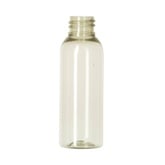
50ml, 20-410, Stock
| F0643A | |
| rPET | |
| Round | |
| Transparent | |
| 9,600 |
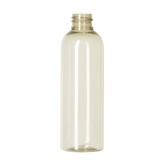
100ml, 20-410, Stock
| F0645A | |
| rPET | |
| Round | |
| Transparent | |
| 5,440 |
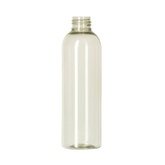
200ml, 24-410, Stock
| F0648A | |
| rPET | |
| Round | |
| Transparent | |
| 2,688 |
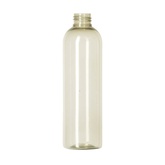
250ml, 24-410, Stock
| F0649A | |
| rPET | |
| Round | |
| Transparent | |
| 2,340 |
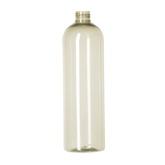
500ml, 24-410
| F0653A | |
| rPET | |
| Round | |
| Transparent | |
| 25,080 |
rPET jars from stock
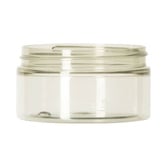
100ml
| P0593 | |
| rPET | |
| 70-400 | |
| Clear | |
| Single wall | |
| 4,940 |
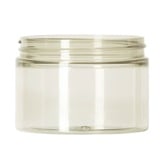
150ml
| P0595 | |
| rPET | |
| 70-400 | |
| Clear | |
| Single wall | |
| 3,800 |
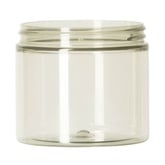
200ml
| P0596 | |
| rPET | |
| 70-400 | |
| Clear | |
| Single wall | |
| 3,040 |
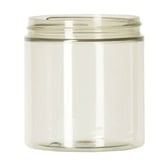
250ml
| P0597 | |
| rPET | |
| 70-400 | |
| Clear | |
| Single wall | |
| 2,470 |
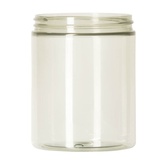
300ml
| P0598 | |
| rPET | |
| 70-400 | |
| Clear | |
| Single wall | |
| 2,090 |
rPET plastic products
There are several reasons why choosing rPET plastic packaging is beneficial:
- Environmental: Using rPET reduces the demand for virgin plastic, helping to conserve natural resources and reduce carbon emissions associated with plastic production.
- Economic: rPET is typically less expensive than virgin plastic, making it an affordable option for packaging.
- Sustainability: Choosing rPET packaging demonstrates a commitment to sustainability and helps to promote recycling and waste reduction.
- Branding : Using rPET packaging can be a good way for companies to promote their eco-friendly and sustainability message to their customers.
- Legislative: Some countries have laws and regulations that encourage the use of recycled materials, such as rPET, in packaging.
- Supply Chain: Using rPET can reduce the reliance on fossil fuel-based raw materials and can reduce the environmental impact of plastic packaging in the supply chain.
rPET Bottles
Introducing our latest addition to the standard stock range - our PET bottles made with 100% recycled material! As of January 2020, we have decided to offer a selection of our popular Tall Boston Round and 70mm Straight Cylindrical series in recycled PET material.
rPET bottles & jars are in stock
We are proud to offer a sustainable solution to our customers with our 100% recycled PET bottles. Not only are they eco-friendly, but they are also available in a variety of sizes to suit your needs. Choose from our range of stocked items including 50ml, 100ml, 200ml, 250ml, 500ml Tall Boston rPET bottles, and 100ml, 150ml, 200ml, 250ml, and 300ml 70mm Straight Cylindrical rPET bottles.
Ordering is simple with our MOQ of just 1 pallet, and all bottles come with a standard 24-410 neck finish. Plus, you can be confident that our bottles are always in stock and ready for immediate dispatch from our warehouse. Make the switch to sustainable packaging with our 100% recycled PET bottles today!
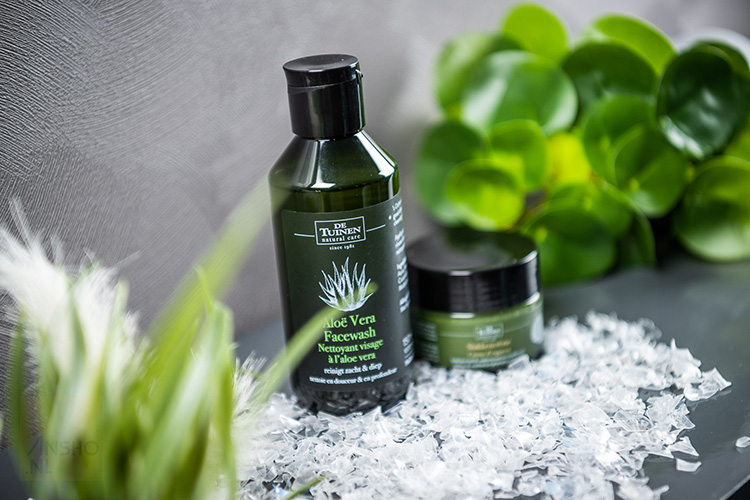
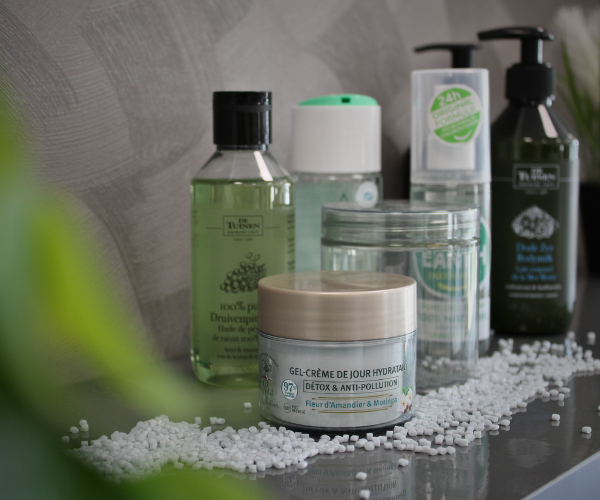
rPET products that we have realised
Frapak Packaging truly cares about the environment and is dedicated to making a positive impact. They understand the importance of recycling, and that's why they offer recycled PET jars and bottles from stock.
Recycled PET jars and bottles are a great way to reduce waste and promote sustainability. They are made from post-consumer recycled materials, which means that they are not only eco-friendly but also cost-effective. By using recycled PET jars and bottles, companies can help reduce their carbon footprint and make a positive impact on the environment.
Choosing our rPET products means you're taking a step towards reducing waste and promoting sustainability. Our products are durable, reliable, and can be used for various purposes, from packaging food and beverages to cosmetics and cleaning products.
The minimum order quantity (MOQ) for rPET is 25K.
Please contact us by e-mail: sales@frapak.com
What is rPET?
rPET is recycled PET, basically PET made from scrap. In 2014 over 57% of all PET bottles have already been recycled in some way or other. Out of this 57%, more than 20% is used for bottle-to-bottle recycling. The rPET bottles are of a slightly different colour than the usual PET bottles.
The recycling process starts at the sorting centres which accept used bottles from the different collection systems and sort these into bales of bottles which are delivered to the recyclers. These bales are sorted by material in a sorting centre or in a pre-stage of the process of the recycler.
Various companies have developed mechanical and chemical processes in order to recycle high quality post-consumer material (PCR) into rPET pellets or flakes.
Trial bottles have been made in the new factory on a “worst case” scenario basis i.e. heavy bottle resulting in high migration with 100% rPET. The trial bottles have been send to Intertek to study the migration of dangerous substances – with the result that the migration complies to the new 10/2011 legislation.
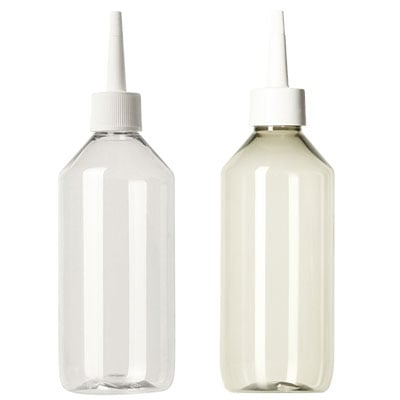
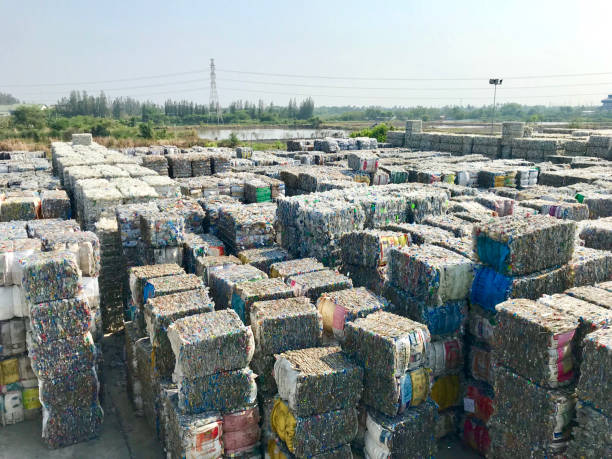
The Recycling Process of a rPET bottles
- Collection; the process starts with the collection of PET bottles in bales.
- Debaling; the packed bales with compressed bottles these are then broken into loose bottles.
- Sorting; the sorting of bottles can be done by hand or by using an auto sorting.
- Shredder; PET bottles sorted by colour are shredded into large flakes.
- 1st Dry/wet cleaning process; the flakes are cleaned in water/steam.
- Grinding; the larger flakes are grinded into smaller flakes.
- Paper/plastic/metal separator; separation is made in a swim tank where the various material are separated by their different densities.
- Hot Flake washer; glue and other contaminants are removed.
- Dryer; after the different washing stages the flakes are thoroughly dried.
- Metal detector.
- Flake sorter; the sorting of the flake is done by optical systems, sorting on different colours.
The PET recycling process
The EFSA – European Food Safety Authority – is the controlling body which regulates the food safety for the European Union. The EFSA has issued positive evaluations and positive scientific opinions for some PET recycling processes and companies. Working for the food and cosmetics industry it is a must that you select a recycler who is EFSA approved and produces rPET grade products which may be used up to 100% for foodstuff.
The problems and risks of rPET
Chemical contamination:the risk of chemical contamination is controlled at the processor site and analysis is outsourced to laboratories like Intertek who can do spectrographic analysis of the amounts of Acetaldehyde, Methyl-dioxolane, Ethylene-glycol and Limonene.
Mechanical defects: Because of the lower IV it is possible for the drop impact resistance and vertical top load to be affected. Cosmetic impurities: the cosmetic impurities can be detected during the trials of the different rPET materials when both the preforms and the bottles are inspected for clarity and black spots.
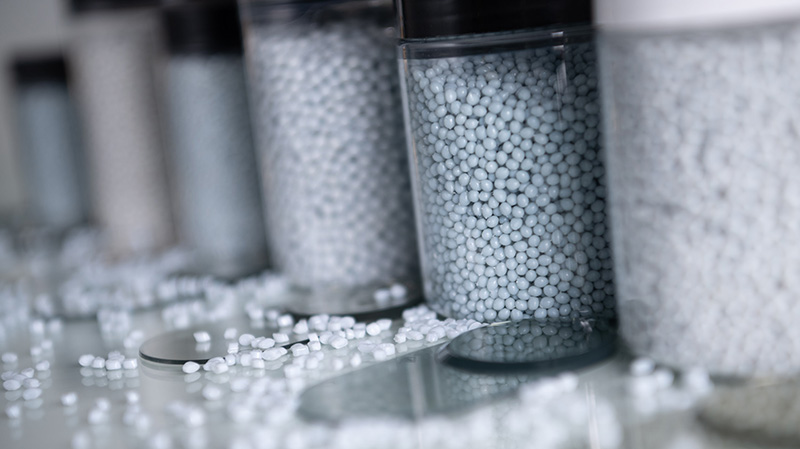
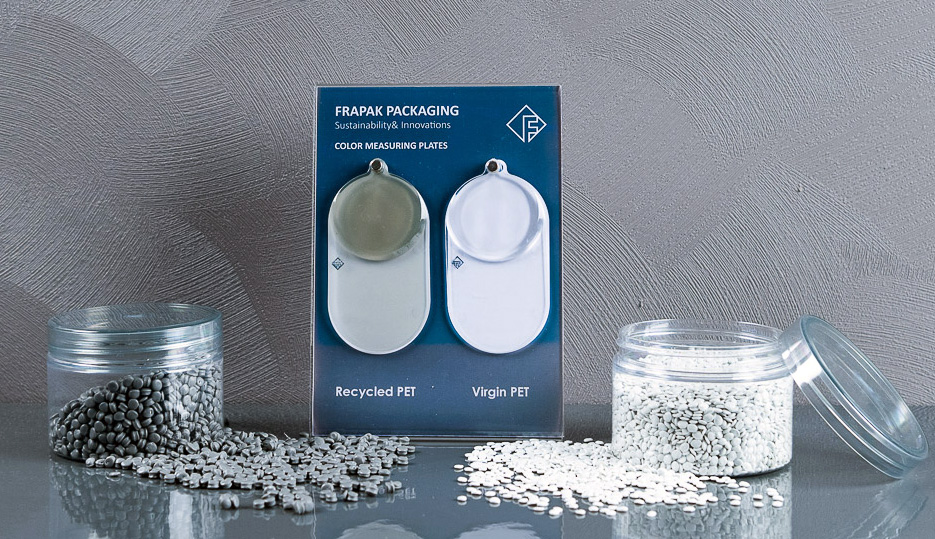
Post-Consumer Regrind (PCR) vs. Post Industrial Regrind (PIR)
The recyclers/processors normally get their material out of the waste stream where used bottles are selected and sorted. This is what we call Post Consumer Regrind. Another possibility is that Industrial Waste is input at the recycler.
The Industrial Waste is comprised of PET products (bottles) which have been rejected during the production process and which have never been delivered or filled – e.g. bottles from the start-up of the machine. This Post Industrial Regrind (PIR) is the cleanest possible waste as it has never been used/filled. The bottles made out of PIR are clearer than those made out of PCR. Availability of PIR rPET is limited.